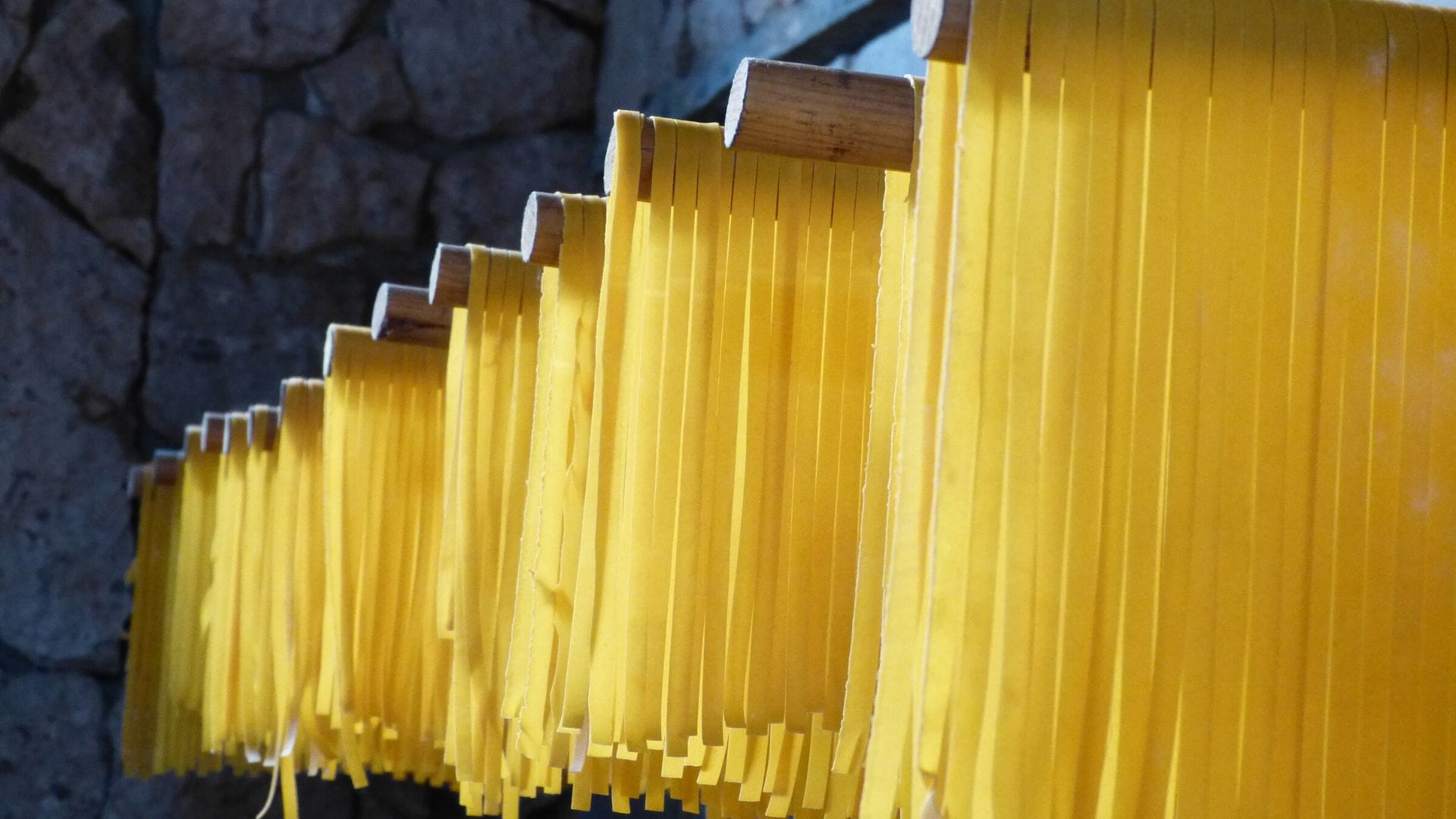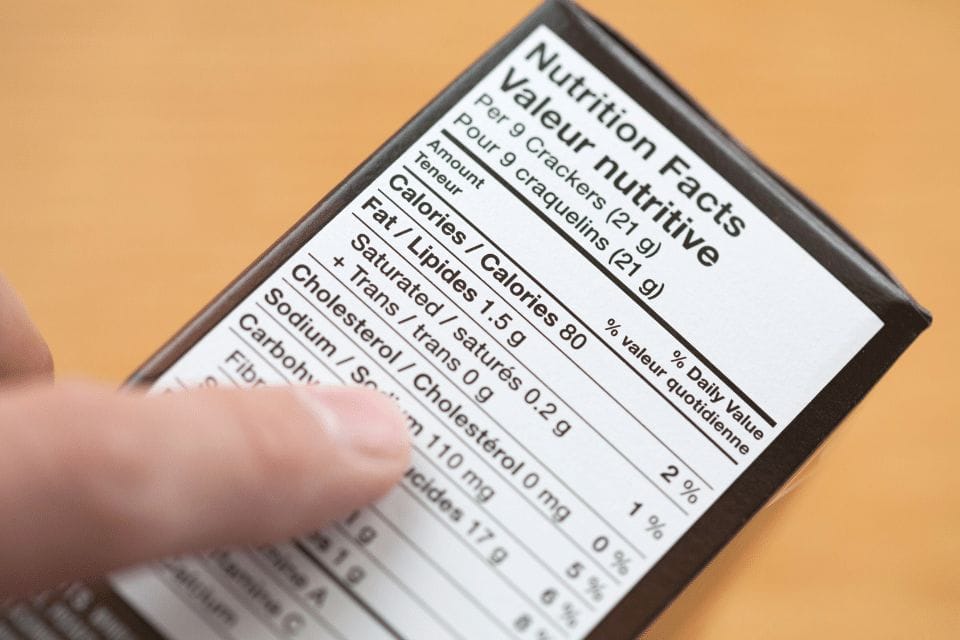Noodles and pasta -- the words reek of carbs, sauce, cheese, and meat. In other words, four of the best things that ever happened to food. In fact, Americans devote an entire month to celebrate these foods. To join in the celebration, simply help yourself to a hot bowl or plate of your favorite noodle or pasta dish.

But wait, do noodles and pastas have a place in the renal diet? If you have chronic kidney disease (CKD), you may have to check the facts first before jumping in the bandwagon.
Here’s all you need to know about noodles, pasta, and CKD and how you can enjoy them without affecting your kidney health.
But first, let’s find out the difference between noodles and pastas.
Noodles vs. Pastas: What’s the Difference?
People often assume that both are the same thing, but noodles and pasta differ in their ingredients and the production process they undergo.
Noodles are made using flour milled from common wheat, while pasta is processed from a coarser and more expensive flour called durum semolina.
The key distinctions between noodles and pastas are summed up in the table below:
Characteristics | Noodles | Pasta |
|---|---|---|
Flour type | Wheat | Durum semolina |
Varieties (according to primary ingredient used) | Typically come in thin rod shapes | Has about 300 shapes with different names |
Flavor | Rice, potato, egg, mung bean, wheat, buckwheat, shirataki | Dry - Made without eggs, non-perishable |
Shape | Typically come in thin rod shapes | Has about 300 shapes with different names |
Sauce or broth | Served in hot or cold broths, with meats and vegetables | Tomato-based and cream-based sauces |
Cooking Method | Can be fried, served in soup, cooked in broth/water or both and then drained | Boiling or baking |
Noodles go through a ‘sheeting’ process where the dough passes a number of rollers to come up with a flat sheet. This flat sheet is then sent through a cutter to make the individual noodle strands. There are many ways noodles are sold -- either dried, steamed, or deep fried. They can also be eaten hot, cold, or stir-fried.
In producing pastas, the durum semolina flour is mixed with water to make a stiff dough. The dough is then thrusted through a mold to create different pasta shapes like linguine, penne, macaroni, ravioli, and rigatoni. Pasta is commonly sold as a dry product in groceries and can be cooked by boiling or baking it.
Taste-wise, noodle products may vary depending on the type of salt added in them during the formulation process. On the other hand, dry pasta products can have a variety of flavors like tomato and spinach.
Both Can Have Different Nutritional Contents
Given that there are many varieties of noodles and pastas, they also vary in their nutrient levels. This is why it’s important for people with CKD to inspect the Nutrition Facts label to ensure the noodle or pasta product fits your nutritional requirements.
The National Kidney Foundation says that noodles and pastas have varying levels of salt or sodium. Some pastas can also be made with eggs, which is something you need to watch out for if you’re on a low-protein diet.
NUTRIENTS | COOKED NOODLES | COOKED PASTA |
|---|---|---|
Calories | 138 g | 131 g |
Calories from fat | 17 g | 9 g |
Calcium | 1% of recommended intake per day | 1% of recommended intake per day |
Iron | 3% of recommended intake per day | 6% of recommended intake per day |
Fat | 2 g | 1 g |
Saturated fat | 0 g | 0 g |
Trans fat | 0 g | 0 g |
Cholesterol | 29 mg | 33 mg |
Sodium | 5 g | 6g |
Carbohydrates | 25 g | 25 g |
Proteins | 5 g | 5 g |
*Values courtesy of Noodlecat.com
Another consideration is the type of flour used (e.g., rice, wheat, soy, or another type). Note that soy flour can have higher protein content compared to rice or corn flour.
Pastas are usually low on potassium and phosphorus. However, you still need to know the specific amounts of these minerals contained per serving to make sure you don’t go beyond your daily allowance.
The Case with Instant Noodles
Sold in packets or cups and bowls, instant noodles are a type of pre-cooked noodles that are a hit in supermarkets and convenience stores. The noodles are made with flour, salt, and palm oil while their flavorings are typically made with salt, seasoning, and the flavor enhancer monosodium glutamate (MSG).
Instant noodles are often cooked or soaked in hot water. Once ready, the cooked noodles are mixed with flavoring before eating it.
A lot of people, especially the younger ones, are a fan of instant noodles because they taste good and are so easy to prepare. But are they a good option for people with kidney disease?
Instant noodles are classified as a processed food. Plus, it’s high in fat, carbs, and food additives. So they’re definitely a no-go for the CKD population.
While some noodle products may be enriched with micronutrients like iron, manganese, folate, and B vitamins, eating instant noodles on a regular basis may easily result in the increase of these micronutrients to unhealthy levels when not monitored.
Instant noodles also have high amounts of sodium which is bad for your kidneys. Also, you’ll need to lower your sodium levels if you want to reduce your blood pressure.
A Healthline article titled Are Instant Noodles Bad for You? states that one serving of instant noodles contains 861 mg of sodium. But if you eat the entire package, that gives you 1,722 mg of sodium in one sitting.
So it may be best to limit it to once or twice a week, or avoid it altogether.
Your Sauce and Toppings Matter
Another important consideration are the sauce and toppings you add in your noodle or pasta dish. Most meats and sauces can contain too much sodium, potassium, or phosphorus that may not fit in your renal diet.
For instance, one cup (or 245 g) of canned tomato sauce can contain:
- Sodium - 36.6 g
- Potassium - 910.1 mg
- Phosphorus - 102.5 mg
Some brands can also contain added sugar amounting to 10 g per cup. Again, always read the label to know how much you’re getting per serving.
To make noodles or pastas easier on your kidneys, try to modify recipes to lower their sodium, potassium, and phosphorus content. This can be done by either eliminating certain ingredients or finding their alternatives.
If you have diabetes, stay on top of your protein and carbohydrate intake. Remember not to exceed your daily allowance by controlling your portion size and number of servings.
Also, be sure you aren’t adding ingredients that aren’t included in your diet plan (or aren’t recommended by your dietitian).
Reminders: Adding Noodles & Pasta in Your Renal Diet
1. See the sodium content

We can’t stress this enough: too much sodium isn’t good for your kidneys. So when buying dry pasta, find out how much sodium is in the product by reading the Nutrition Facts label.
2. Steer clear from pasta with added protein
If your dietitian has advised you to limit your protein consumption, avoid pasta brands that say ‘Added Protein’ in their labels.
3. Drain and rinse
When using canned tomatoes, you can drain out all the liquid and rinse them thoroughly to reduce their potassium and phosphorus (note that doing this doesn’t completely eliminate potassium and phosphorus in tomatoes, but only lessen their amounts).
4. Substitute, substitute
A huge part of pursuing a renal diet is finding kidney-friendly substitutes to certain ingredients, like switching from salt to natural herbs and spices to add flavor to your foods.
When cooking pasta, you can substitute bottled or canned tomato products with fresh tomatoes. Use two cups of fresh tomatoes for every 14-ounce can of processed tomatoes. You can also create your own tomato sauce, juice, or paste from scratch.
5. Eat in moderation
As with anything, moderation is always best. Avoid eating noodles or pasta every day or for every meal. Discuss with your dietitian about how to introduce the dishes to your diet and how often you should eat them.
Bonus: Noodle and Pasta Recipes for CKD Patients
Not sure where to look for noodle and pasta recipes for people with kidney disease? Don’t worry, we’ve rounded up three dietitian-approved, easy-to-make dishes you can try at home.
Click on each item to see the full recipe:
The Bottomline
Noodles and pastas have a place in the renal diet. However, there are important factors to consider first before indulging in them.
When buying noodle and pasta products, read their labels carefully to know their sodium, potassium, and phosphorus contents and to ensure you’re not about to consume too much of them. The sauce and toppings can also add to your nutrient load. Don’t add any ingredients that don’t fit in your diet plan. And while they’re okay for people with kidney disease, noodles and pastas should only be enjoyed occasionally. Remember: moderation is still key.
And like we always mention, always, ALWAYS consult your dietitian before adding or eliminating foods in your diet.
Pasta and a Low Protein Diet
https://www.kidney.org/atoz/content/pasta-and-low-protein-diet
The Difference Between Noodles and Pasta
https://www.country-guide.ca/crops/the-difference-between-noodles-and-pasta/
Pasta vs. Noodles: Difference and Comparison
https://www.noodlecat.com/pasta-vs-noodles/
Are Instant Noodles Bad for You?
https://www.healthline.com/nutrition/instant-noodles#TOC_TITLE_HDR_3
Tomato Sauce
https://www.eatthismuch.com/food/nutrition/tomato-sauce,2297/
